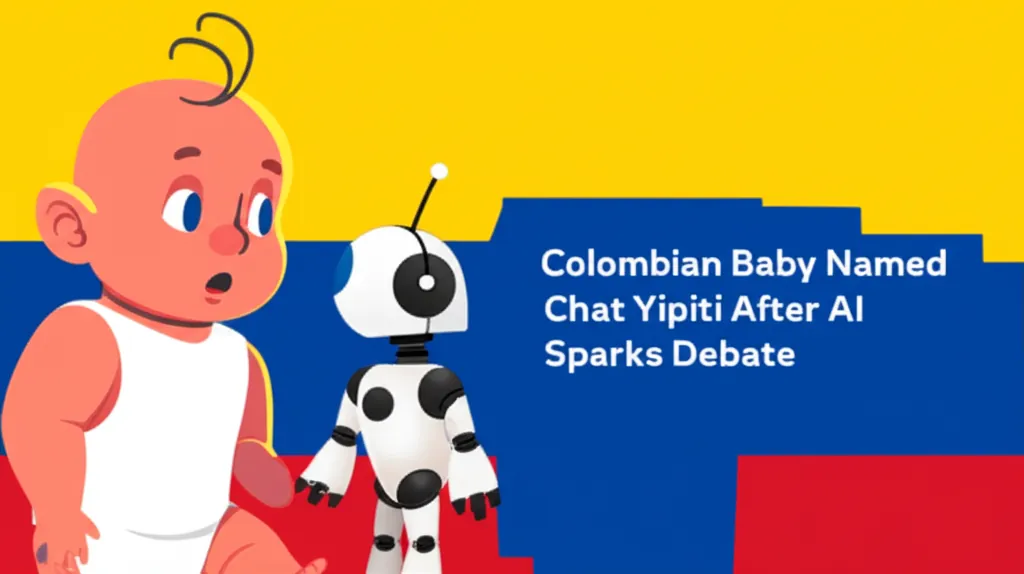Developer Offer
Try ImaginePro API with 50 Free Credits
Build and ship AI-powered visuals with Midjourney, Flux, and more — free credits refresh every month.
Unlocking AI Potential The Art Of ChatGPT Prompting
OpenAI, the US-based artificial intelligence (AI) company, recently unveiled GPT-5. Described as ‘PhD-level’ in coding and writing, ChatGPT features are set to roll out across Apple devices via Apple Intelligence later this year. To be clear, ChatGPT is only one aspect of AI – not the discipline itself – and one of many platforms, albeit the most familiar today.
With a top five spot on the Microsoft Store, top ten on Google Play for Android, and reigning supreme at number one on Apple’s App Store, it comes as no surprise that the company is on track to reach around 700 million weekly users. Taken together, it would be fair to say that ChatGPT certainly isn’t going anywhere, it’s just getting started.
A Personal Journey with AI
‘Digital Lead’ may sit proudly in my job title and imply I’m a tech pro, but the truth is that when it comes to coding, data tools and engineering, or AI, I’m in over my head. To put that into context, here are genuine questions I’ve thrown at ChatGPT:
- ‘If I climb a Munro, will there be midges?’
- ‘What is the highest-calorie meal to ever be created?’
- ‘Create a “wanted” image but it’s a picture of a black North Face slider’ (Sadly, still lost).
Evidently, AI hasn’t been my go-to for personal tasks, yet as the topic dominates headlines and debates worldwide, its capabilities are becoming impossible to ignore.
Behind those humiliating questions lies a steep learning curve. I now find myself knee-deep in ChatGPT tutorials to get up to speed. Critics will say that AI makes us lazy, harms the environment or threatens humanity. For me, the real revelation has been uncovering the extent of AI’s capabilities – but only when guided by human judgement.
The Garbage In Garbage Out Principle
The best advice I’ve had so far comes from the computer science rule: ‘GIGO’, meaning ‘garbage in, garbage out’. Much like the human body needs good nutrition to stay fit and healthy, AI systems require high-quality data and clear human instruction – feed either of them junk and you’ll get junk back. (Or think of the song “You Get What You Give” by The New Radicals. Same principle.)
Human inputs, or prompts, are what allow us to gather information from AI systems like ChatGPT in the first place. IBM describes this process, known as prompt engineering, as: ‘the process of writing, refining and optimising inputs to encourage generative AI systems to create specific, high-quality outputs.’
Mastering the Art of Prompt Engineering
Prompt engineering is a skill, one that takes patience and a lot of trial and error to develop. I like to think of a prompt as a mini project: you set its role, outline the task, share the context and specify the output format, then ask it to self-critique and improve using iteration methods (tweak, test, repeat). The process is iterative. You find yourself working alongside AI to get the answer you need: refining prompts, introducing constraints, providing extra context, altering the framework and more.
AI as a Tool Not a Replacement
Now you might be thinking, have I used ChatGPT to write this blog? The short answer is yes, but its role and contribution are more nuanced than it seems. I was born in 2001; I’ve grown up with Google at my fingertips – I’ve leaned on it for everything from thesaurus entries and grammar checks to paragraph prompts and quick facts. As one of the first generations raised on smartphones, instant access to online tools has become second nature. The only difference now is that ChatGPT brings all those tools together.
A quick parallel: handheld calculators were once branded ‘cheating’, yet they are now part of everyday life, taught in the curriculum, used at work and at home, and on every smartphone. Whether an exam allows them or not, students must still show their working. Technology moves fast and AI is quickly becoming an everyday tool, so the same logic should apply. It is more powerful, but with clear rules and transparency it can support rather than replace understanding and judgement.
To reiterate, ChatGPT did not write this blog for me, but I have used it to rearrange sentences, check for repetition, critique my tone and suggest alternatives. Essentially, I’m working with ChatGPT to draft, critique and revise my own writing.
The Broader Implications of AI
No matter where you stand on the spectrum of AI scepticism, there’s no denying AI will be transformational for society. From how we work, learn, interact, travel and access healthcare and much more; the potential for AI feels almost limitless.
From a small think tank’s perspective, it’s about deepening understanding, testing ideas and sharing results transparently. Could feeding it different policy scenarios generate viable solutions? Can it analyse and visualise relevant data in new, insightful ways? What blind spots or alternative perspectives are we missing?
The Energy Cost of Conversation
Not forgetting the real-world impacts: as AI adoption grows, so do its energy needs. Every question to ChatGPT runs on servers in large data centres that require significant electricity and cooling – some analyses compare a short chat to using the equivalent of a small bottle of water. There are huge opportunities for Scotland to grow AI and data centres, but that will demand substantially more clean, reliable electricity. The more we use, and rely on, AI platforms like ChatGPT – the more we need an open debate about how to power them.
Ultimately, it’s not about quick fixes or a single plan; it’s about recognising AI is here to stay and opening the conversation about what it means for our work, Scotland’s economy, and the wider policy debate.
Morgan Higgins is Enlighten’s Digital Engagement Lead
Compare Plans & Pricing
Find the plan that matches your workload and unlock full access to ImaginePro.
| Plan | Price | Highlights |
|---|---|---|
| Standard | $8 / month |
|
| Premium | $20 / month |
|
Need custom terms? Talk to us to tailor credits, rate limits, or deployment options.
View All Pricing Details

